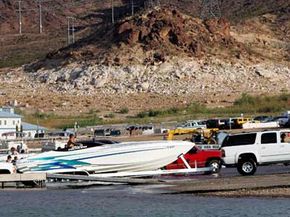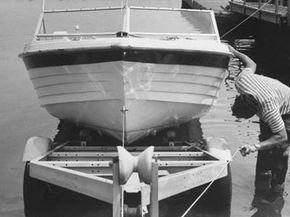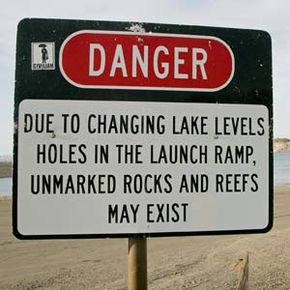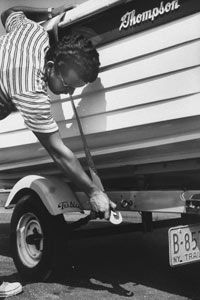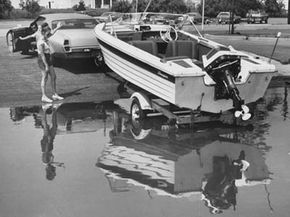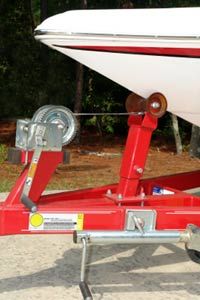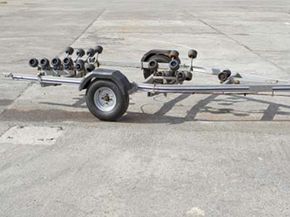If you hang around boat owners, you might hear a particular joke come into conversation. "The second happiest day of my life was when I bought a boat. The happiest day was when I sold it." Owning a boat and taking it out on the water can be a lot of fun, but it also requires a lot of work. Without the proper preparation beforehand, that work can be stressful and sometimes even dangerous. Owners might even question why they ever bought a boat in the first place.
Go to any facility that has ramps for launching boats and ask around for stories about failed boat launches. There's a good chance you'll get an earful from regulars about various chaotic -- and often humorous -- mishaps. You might hear a story about someone who managed to launch an entire car into a lake along with a boat or a tale of an owner stranding an expensive boat on a concrete ramp. A lot of things can go wrong during even the simplest boat launch.
Advertisement
It doesn't help that some boat ramps get very busy at the height of boating season. What might start out as a mildly stressful boat launch can escalate into a frenetic rush to get a boat into the water if there are a lot of other boaters waiting their turns at the ramp. Anxiety, frustration and a lack of focus can lead to disaster. And it might seem like the more complicated the launch gets, the more people are standing around watching.
But with the right frame of mind and a little preparation beforehand, getting a boat out onto the water doesn't have to be a huge ordeal. It's important to approach a boat launch calmly and with attention to detail. If you take your time during the prep work phase, the rest of the launch should move along smoothly.
We're going to walk you through the steps you should follow when you plan to launch a boat. Hopefully this article will help make your next boat launching experience a pleasant one. We'll start by taking a look at the equipment you'll be using during a boat launch.
